Growing herbs isn’t just about having natural remedies on hand — it’s also about creating a balanced, thriving garden. Companion planting is the practice of growing different plants together so they support each other’s health, flavor, and growth. When you include healing herbs like vervain, chamomile, and lemon balm in your garden, they do far more than provide teas and tinctures — they can also improve your vegetable patch.
Here’s how to make herbs and vegetables thrive side by side.
🌱 What Is Companion Planting?
Companion planting is a natural gardening method where plants are grown together for mutual benefit. Some herbs repel pests, others enrich the soil, and some attract pollinators — all of which improve the resilience of your garden without chemicals.
🌿 Healing Herbs That Help the Garden
| Herb | Benefits for Your Garden & Health |
|---|---|
|
Chamomile: The Plant Healer 🌼
|
Natural fungicide, improves flavor of onions & cabbages, attracts beneficial insects like ladybirds. Also calming in teas. |
|
Lemon Balm: The Pollinator Magnet 🍋
|
Attracts bees for pollination, repels mosquitoes, gently calming herb for teas & tinctures. |
|
|
Attracts pollinators, can be used as a border plant, historically planted for protection. Used for relaxation & rituals. |
|
Peppermint: The Pest Repellent 🌱
|
Strong scent deters aphids, ants & moths, refreshing herb for teas, digestive support. Best grown in containers. |
|
Feverfew: The Guardian Flower 🌸
|
Repels pests like moths & beetles, adds biodiversity, and offers natural migraine support. |
| Echinacea: The Pollinator’s Friend 🌺 | Bold blooms draw bees & butterflies, boosts immune system when harvested for remedies. |
🥕 How Herbs Benefit Vegetable Patches
Adding healing herbs into your vegetable garden creates a symbiotic relationship:
Pest Control: Strong-scented herbs like peppermint and lemon balm help deter aphids, whitefly, and moths.
Pollination Boost: Flowers from herbs like chamomile, echinacea, and vervain bring bees and butterflies to fertilize vegetable blossoms.
Soil Health: Deep-rooted herbs like comfrey (if you include it) can bring up nutrients, while others like chamomile enrich soil micro-life.
Space Efficiency: Herbs fit neatly into garden edges, borders, or between rows of vegetables.
🌼 Designing a Healing Herb & Vegetable Garden
Tips to Incorporate Herbs:
Border Planting: Plant herbs along garden edges to act as natural pest repellents.
Intercropping: Place chamomile near cabbages, lemon balm near tomatoes, and peppermint near beans for pest control.
Dedicated Herb Beds: Create a healing herb patch within or beside your veggie garden for easy access to remedies and pollinator support.
Container Planting: Use pots for fast-spreading herbs like lemon balm or mint to keep them controlled while still benefiting nearby plants.
🌿 Why Companion Planting Works in Healing Herb Gardens
Encourages natural balance in the garden.
Reduces need for pesticides and fertilizers.
Provides both food and medicine from one space.
Creates a biodiverse garden, more resilient to pests and disease.
👉 Explore our herb collection here
Final Thoughts
Your healing herb garden isn’t just for teas, tinctures, and remedies — it’s also a living ally for your vegetables. By weaving vervain, chamomile, lemon balm, and other herbs into your beds, you’ll nurture a garden that’s abundant, balanced, and bursting with life.
So next time you plant your carrots or cabbages, tuck in a healing herb nearby — your plants (and your pantry) will thank you.
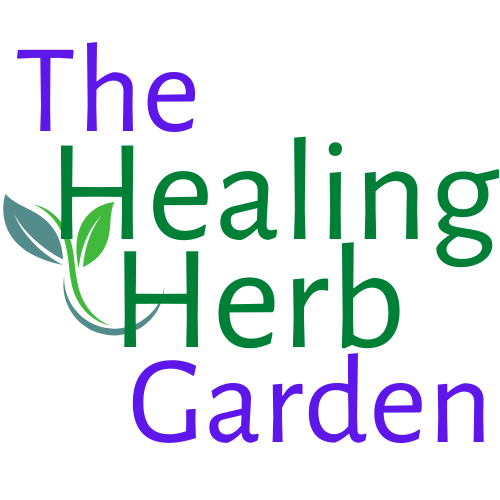

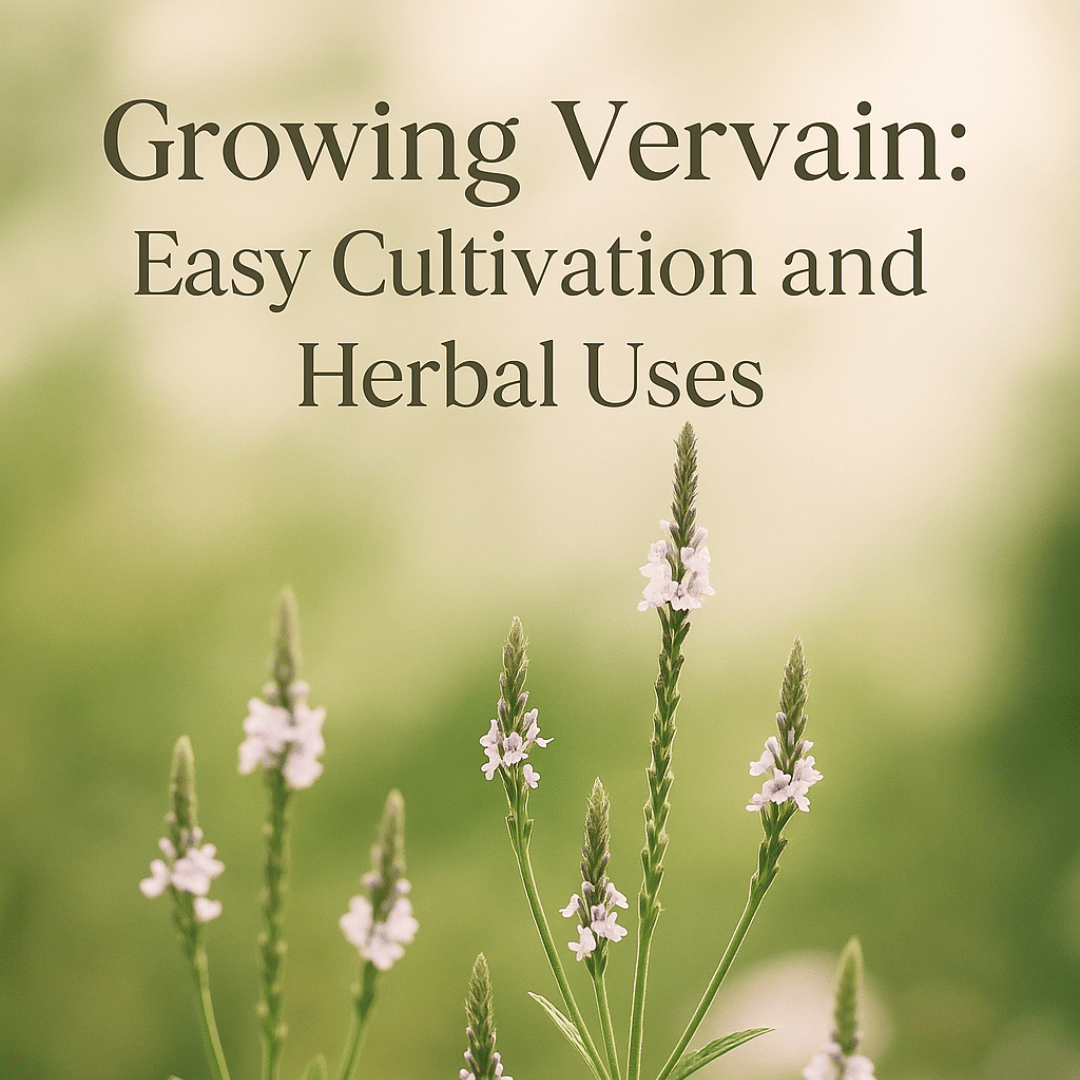
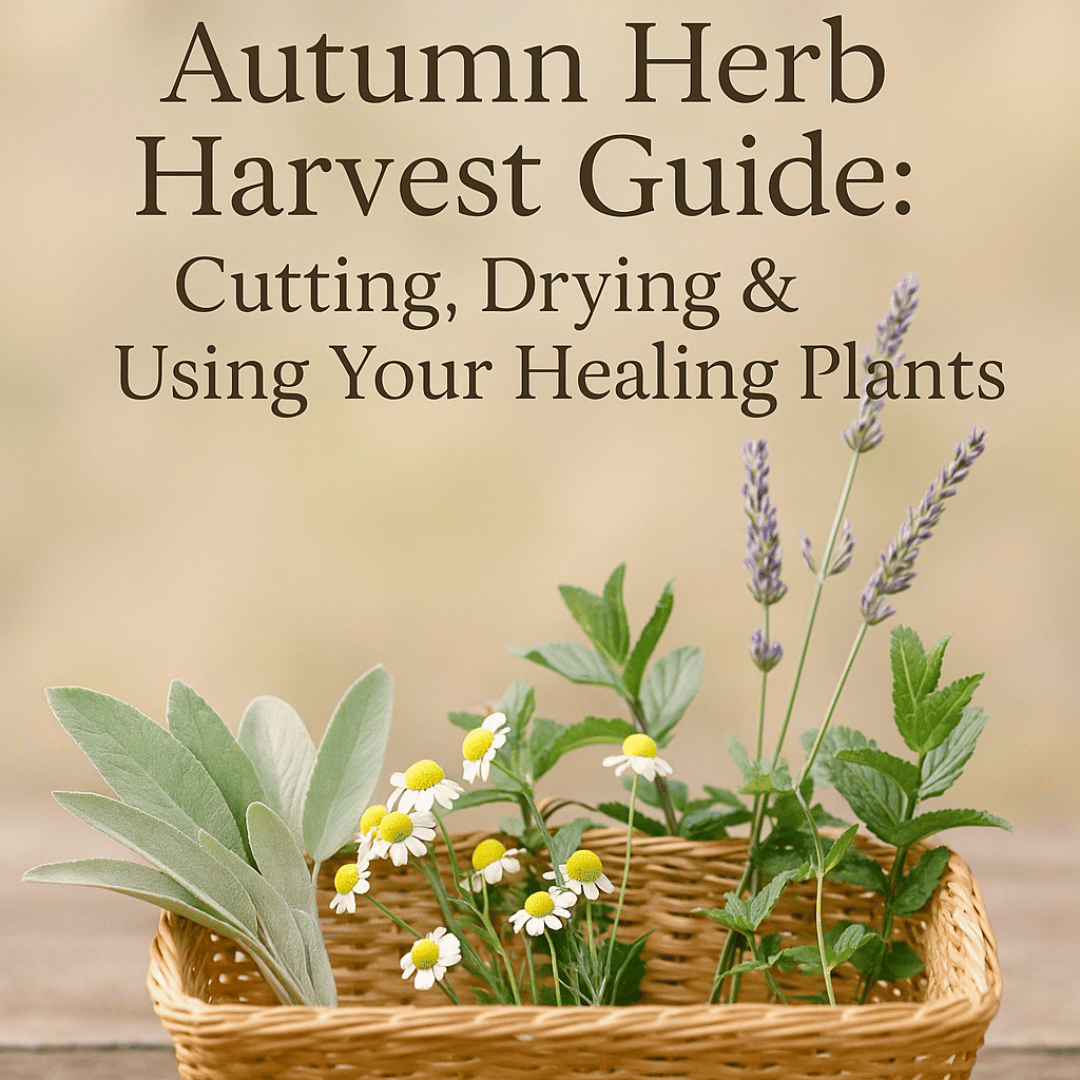
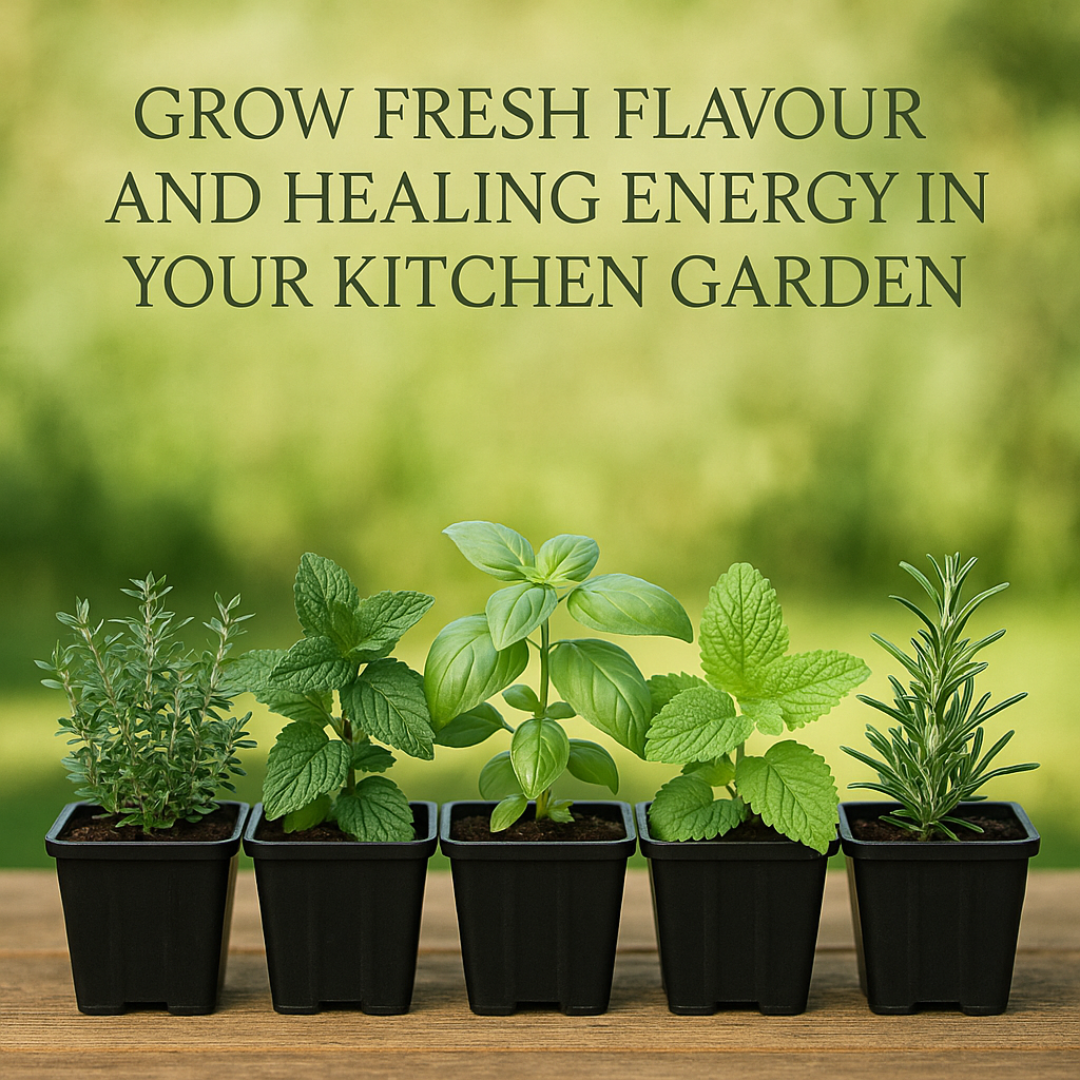
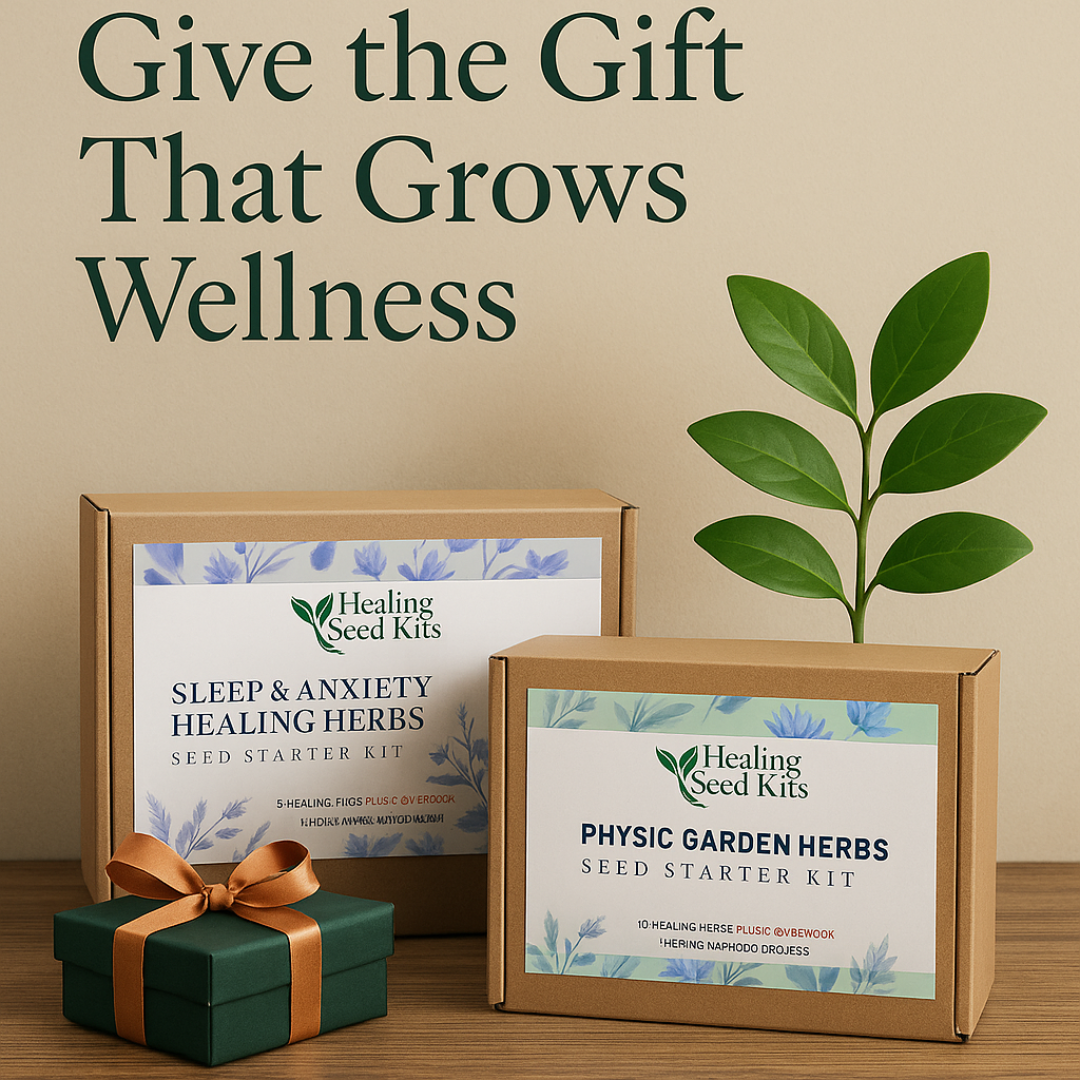
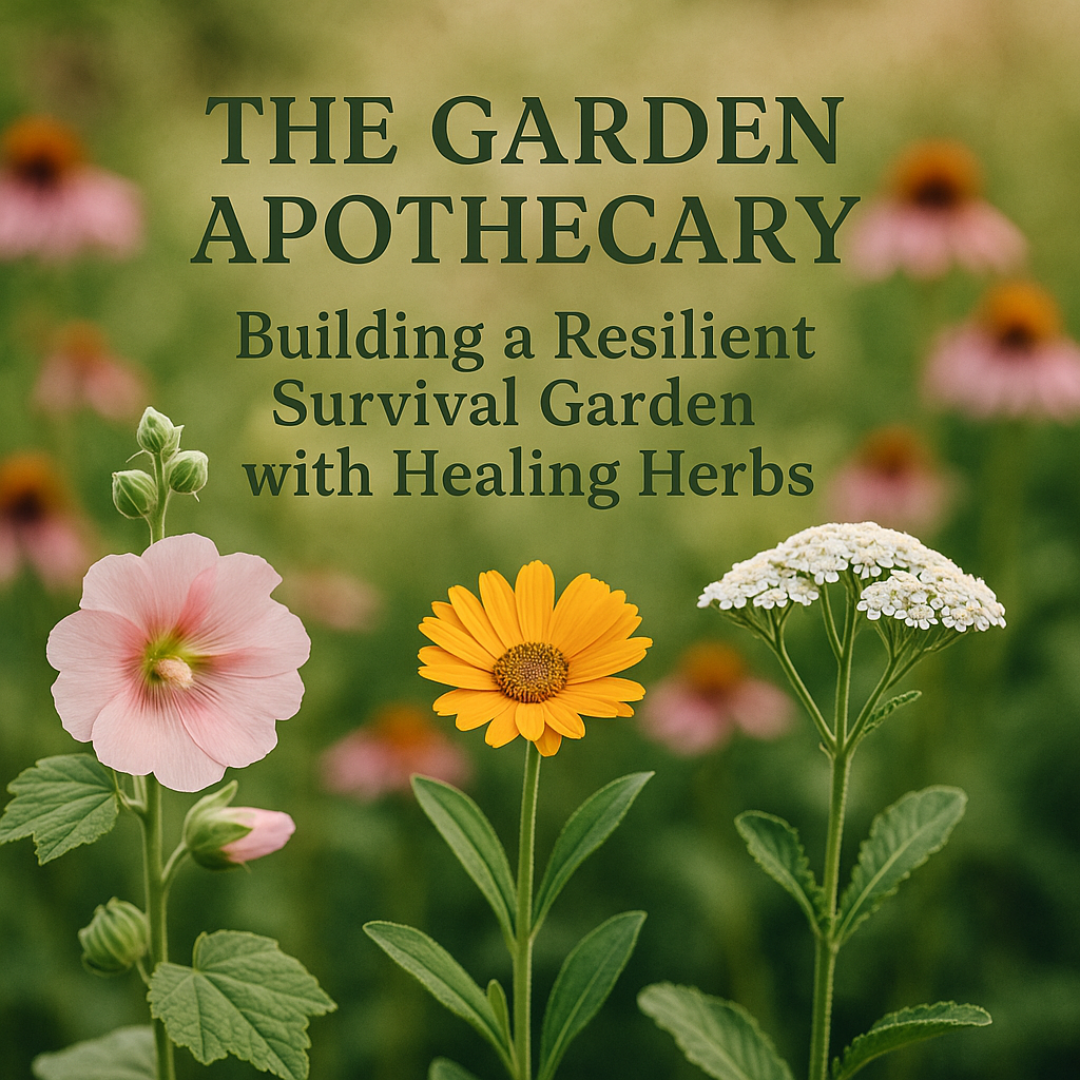
Leave a comment
All comments are moderated before being published.
This site is protected by hCaptcha and the hCaptcha Privacy Policy and Terms of Service apply.